Assassin’s Creed is one of the longest running franchises in gaming right now. The series has spanned three console generations, mixing its sci-fi mysteries with real world history. Players have delved into the pasts of some of gaming’s most beloved protagonists including Altair, Ezio, Kassandra (my personal fave), and current day Assassin, Desmon Miles. Outside of the historical intrigue full of murderous plots, Assassin’s Creed has also been an outline of sorts for open-world games ever since Ubisoft became a factory for that particular sub-genre.
Towers that remove the fog-of-war that has become a mainstay of games with large maps, icons that dot the horizon letting you know there’s something to be done in a myriad of places, gameplay that focuses on out-of-vehicle traversal, a combat system that is insanely easy to learn (as well as master if we’re being honest), and more. It was no surprise that a pioneer of such games ballooned in popularity, and as time flew by, we delved into more periods of time, ranging from the Persian Empire to the industrial revolution in London. Of course, we moved around modern day as well, just not to the same extent (and no, I’m not going to count Watch Dogs).
Over the years, as Assassin’s Creed grew in popularity, fans were chomping at the bit for specific eras. One in particular, which has been a request for as long as I can remember, is Japan. The nation’s storied history, particularly that point in time that revolved around the shogunate, samurai, and eventually, ninjas, felt like a perfect fit for Ubisoft’s winning strategy.
Drop a player into a damn good recreation of the world in a specific time (sort of like a high-tech snow globe), provide popular historical figures (maybe in a new light), throw in a bunch of small weapons and abilities (sci-fi makes it magical), and weave it all around Assassin’s Creed mythos. It’s an idea that could print money, just look at what pirates did for the franchise.
However, despite fans wishes, Ubisoft has avoided venturing in the Land of the Rising Sun. Presumably it was because they were waiting for the perfect time, and it seems that they feel the time is now. Assassin’s Creed Red looms on the horizon much like that red sun. We’re right on the cusp, ready to dive into a feudal war, using our stealthy skills and sharp blades to shape history. Heck, if recent games in the series are anything to go by, we’ll also see stunning feats of ninja ingenuity which include kunai on ropes, paper bombs, and, dare I say it, possible Naruto levels of jutsu (If I could be some version of Kakashi Hatake this game is in instant GOTY).
Close your eyes and just imagine it for a moment (I know it’s difficult to read with your eyes closed, so maybe read this paragraph first, then close them). You turn on your platform of choice (PlayStation, Xbox, PC…Switch maybe?), and you’re thrust into feudal Japan.
As you explore the world about you, you’re pulled into a civil war, one where you decide the fate of the nation as you forge new bonds while breaking old ones. With the tools set before you, the path of an honorable samurai lies ahead, or perhaps a wandering ronin, and maybe, just maybe, if you learn the right skills, you can become shinobi.
As you save your fellow countrymen, the vast fields of Japan open themselves to you. You can scale pagoda towers, traipse through bamboo forests, and even take a moment of solace at scattered inari shrines. You can do all of this while opening new areas and finding any number of side activities that help flesh out the world before you. Now open your eyes.
It sounds like a glorious future for Assassin’s Creed, right? You could practically feel yourself playing the game, and man oh man was it good. But for many, the reason it felt so real and so good while imagining was because they honestly didn’t have to imagine.
While Ubisoft was mulling over the idea, refining their now cemented formula for open world Assassin’s Creed games, other studios took a rather successful stab at the idea. And, if you’re on PlayStation or PC, there are two respectably reviewed games available to you right now. One was a strong GOTY nominee which even nabbed a few of the coveted awards, Ghosts of Tsushima. The other is the latest outing from Team Ninja, Rise of the Ronin.

Ghosts of Tsushima came to us from Infamous developers Sucker Punch. It was their first foray into a more grounded experience, trading in comic-book powers that saw you divebombing from skyscrapers for a feudal war that saw you choose between being an honorable samurai or ghost-like ninja during a Mongol invasion.
Traversing the beautifully rendered world and utilizing new tools that took advantage of shadows and fear (sort of like Batman) felt smooth and natural. This was all punctuated by one of the strongest single-player stories in recent years thanks to amazing writing, a captivating musical score, and amazing acting by Daisuke Tsuji. Even its combat system, which levied particular stances against enemy weapons types helped keep combat fresh throughout the experience which also included some immensely cinematic duels.
Rise of the Ronin has a similar approach, however it focuses more on invasions from the West and explores a timeline where the shogunate alongside the will of the samurai had their futures challenged. As one of the game’s Blade Twins, players either support the current regime or seek to overthrow it, all while navigating dozens of relationships that can change the tides of history.
The gameplay checks all of the boxes you’d expect from a game of the ilk that Ubisoft spawned. Wide open worlds, tons of side activities and collectibles dotting the map, a clearable fog of war, a surprising amount of verticality, and a mix between head-on and stealth gameplay. You’ll even come across real historical figures who played a major role in the era you’ll be playing though, such as Isami Kondo and Hijikata Toshizo, both members of the Roshigumi. On the gameplay front, swordplay is the name of the game as Rise of the Ronin is all about the duels (though you’re often outnumbered). Stances, which come in abundance, can affect your effectiveness against certain enemy types and weapons, and through mastery of many stances, you’ll learn new, impressive skills. Like Ghosts of Tsushima, you can really embrace the ninja side of things if you’d like or keep it full samurai.
Both games excel at the formula that Ubisoft created, leveraging history as a backdrop for memorable battles and a world rife with opportunities to explore. Both are also just about exactly what fans have been clamoring for from the Assassin’s Creed series. So where does that leave Assassin’s Creed Red?
Fans are finally inching closer to the game we’ve been pleading for. A game that leverages Ubisoft attention to detail, masterful displays of physical world traversal, and historical action. But those same fans, myself included, have had that itch scratched twice now. Ubisoft has laid the groundwork for some amazing games and it’s starting to bite them in their proverbial ass. Not only have they been beaten to the punch with amazing games centered around feudal era Japan, we’ve also received Shadows of Mordor, Horizon Zero Dawn, and many others .So what can they do now for Assassin’s Creed Red to be successful?
I just want to be clear, I have no desire for Ubisoft to give up. But there is some heavy competition now in an area where Ubisoft ruled the roost years past. There needs to be more than just copy the formula and paste in a new time period, as it’s being done quite well already. One thing that Assassin’s Creed does have over the competition is its traversal. Try as they might, other studios just haven’t nailed that free climbing and parkour. You can climb just about anything you can see on the screen. But, at the moment, that’s a hard sell to visit a setting that we’ve seen done quite well.
Granted, there are plenty themes and timelines to explore in feudal Japan. We can go to the 1600s and explore the formation of the Tokugawa Shogunate, or perhaps we can go further into the future, bringing us to the Meiji Restoration. It would be interesting to see the Hidden Ones and the Templars explore the power dynamic shift as the era of the samurai comes to an end. But whatever period Ubisoft has picked, they have their work cut out for them. Does Assassin’s Creed Red just revisit what has been done and make it better with new, innovative gameplay? That would be necessary to make this game stand out. We’re past the days of just it being Assassin’s Creed being enough to make this a must have.
When it comes to great games set in Japan, we’ve been there and done that. Assassin’s Creed has had its ups and downs in recent years, but this is a huge opportunity for the development team to show their mettle. It’s easy to make a great game when you’re the only player around, but to stand tall amongst greatness, that will be a true test worthy of a master assassin.

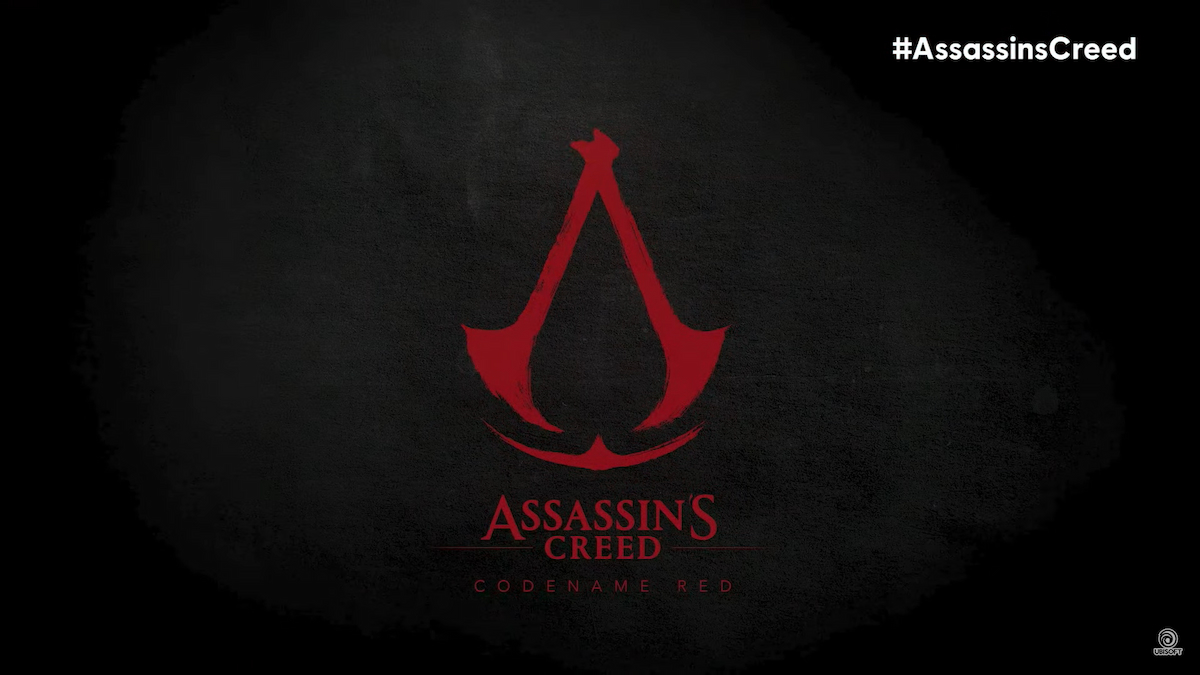
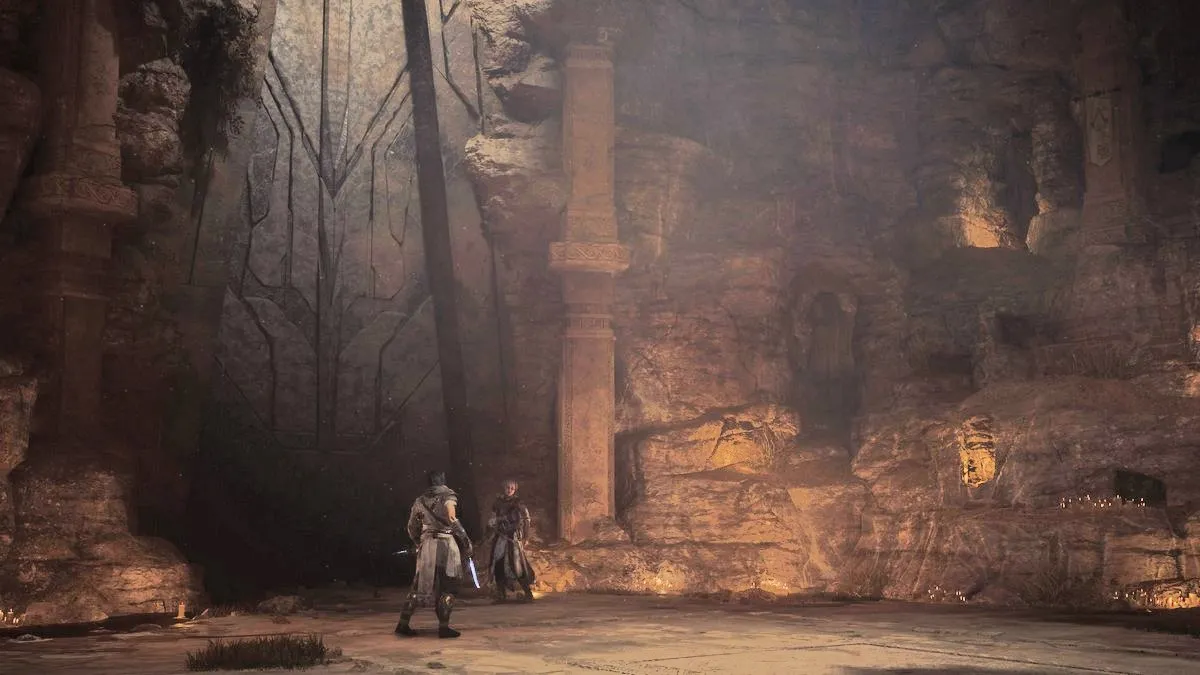
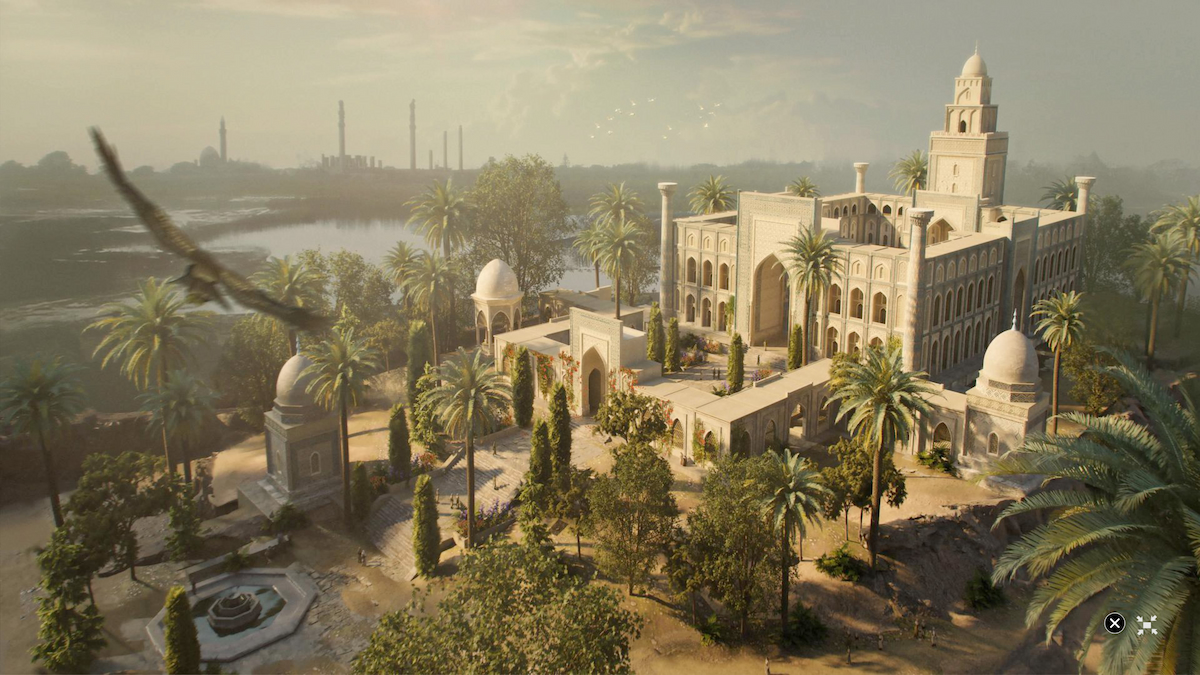
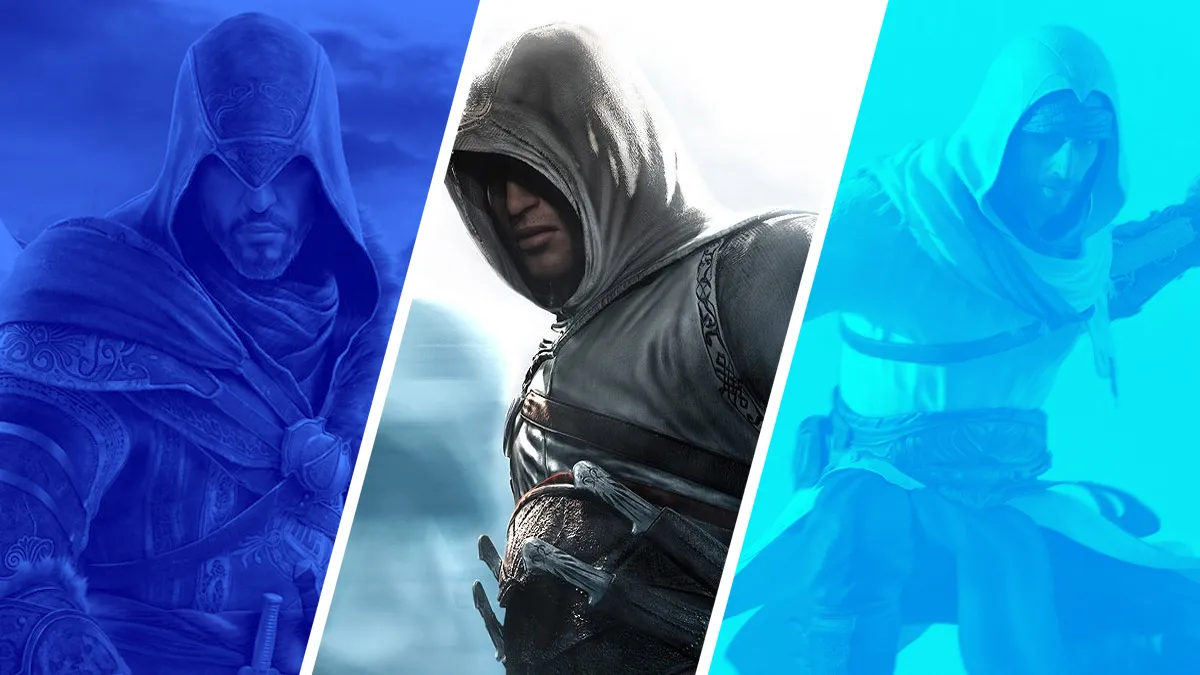
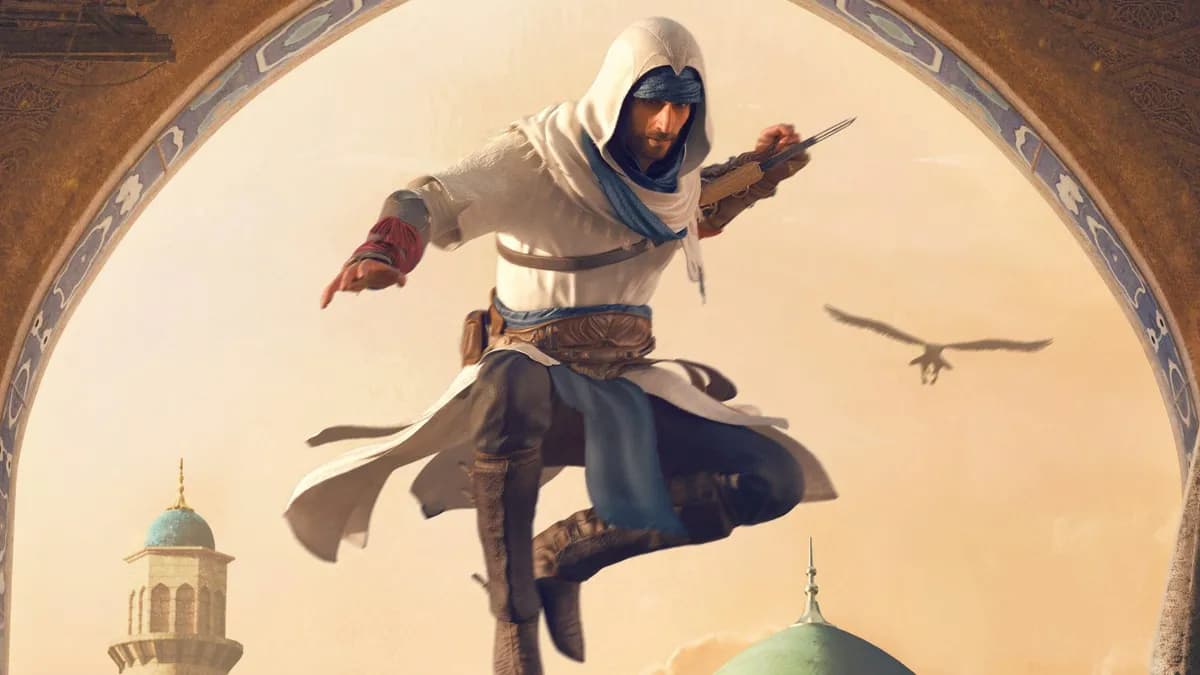
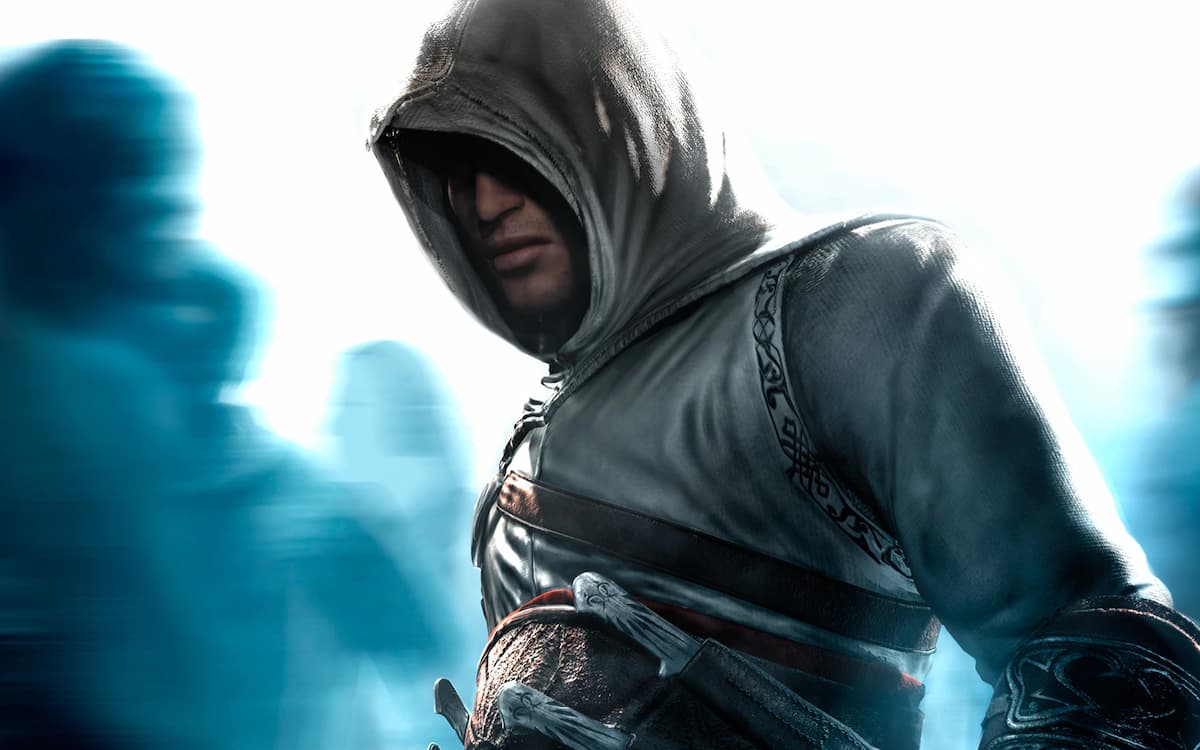
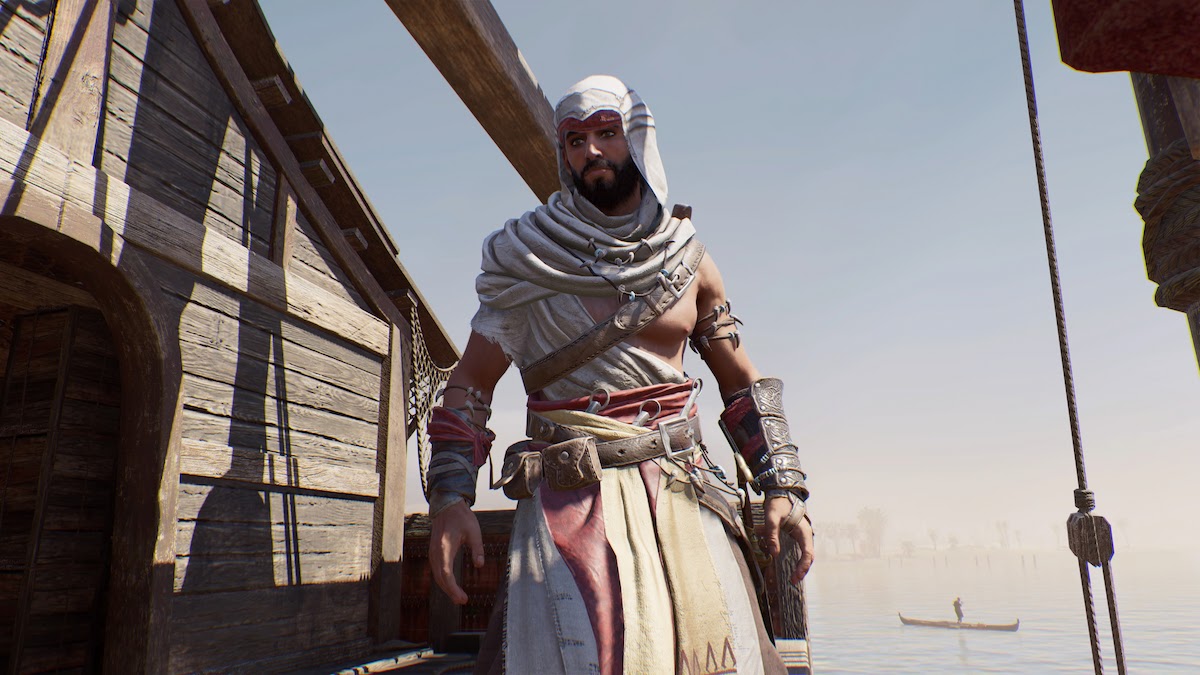
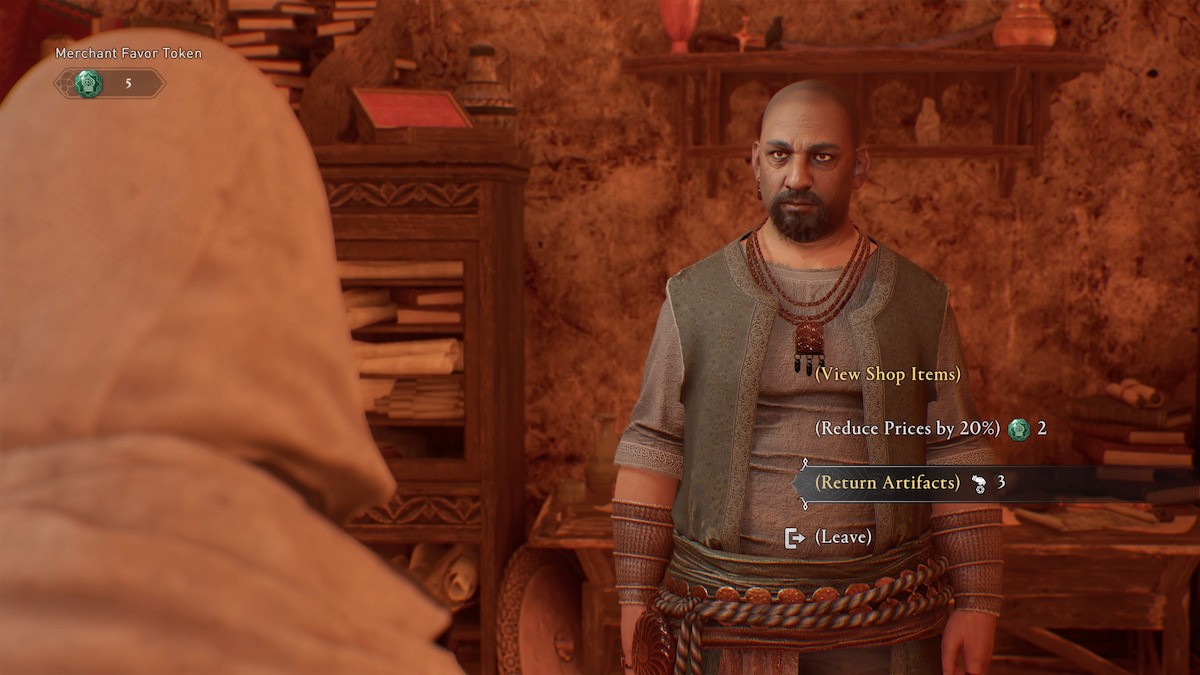
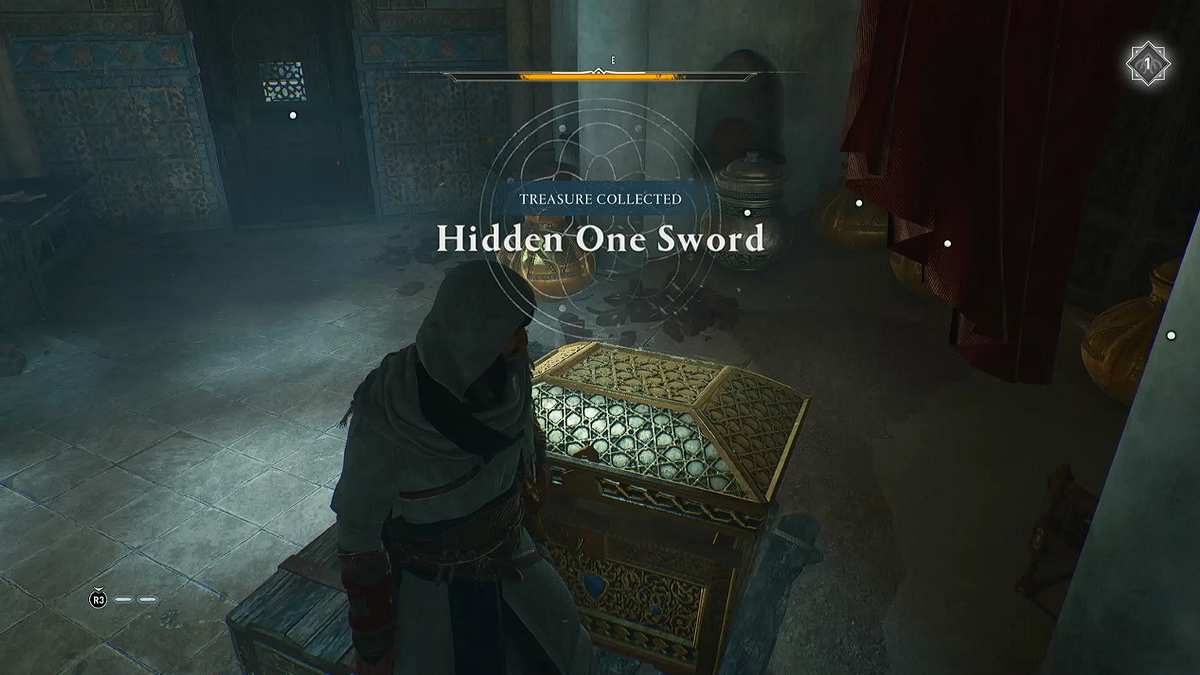



Updated: Apr 17, 2024 06:14 am